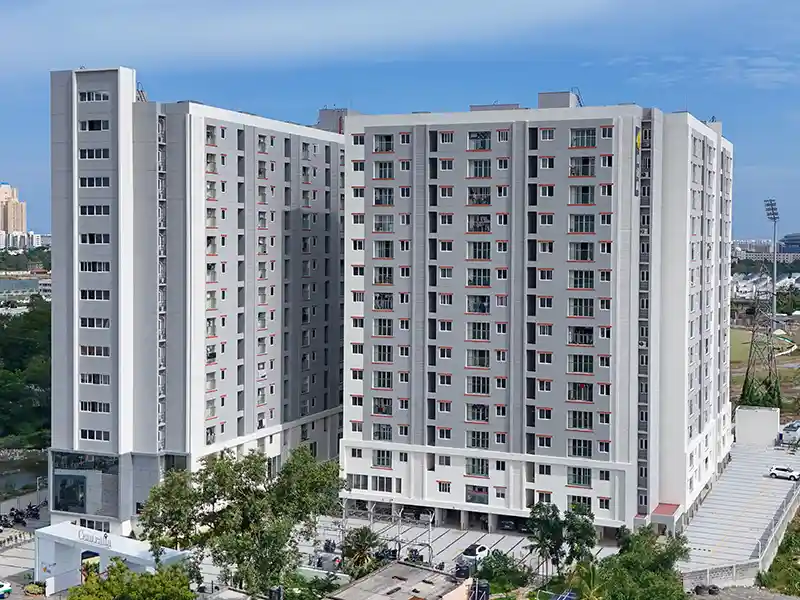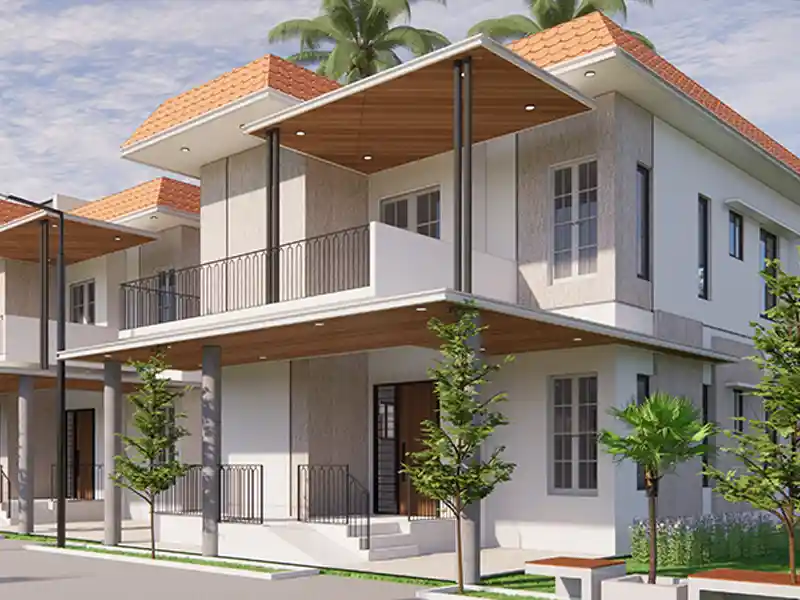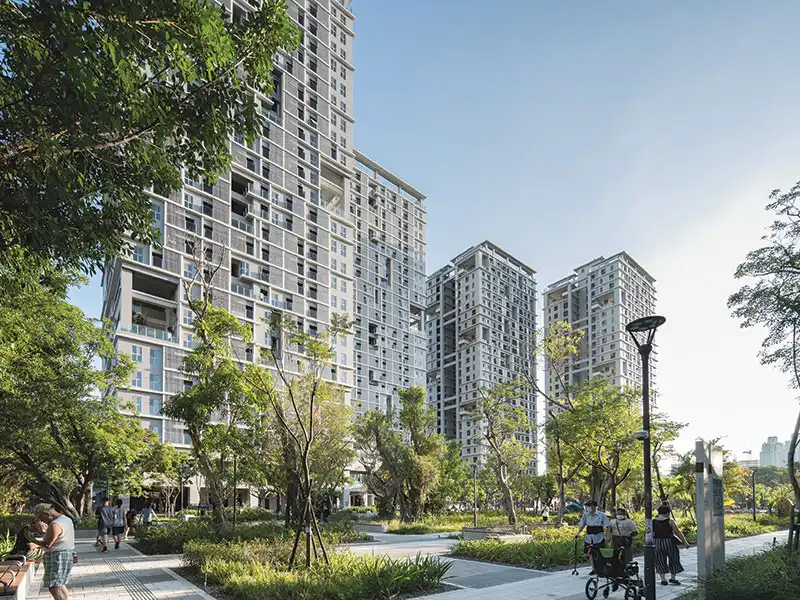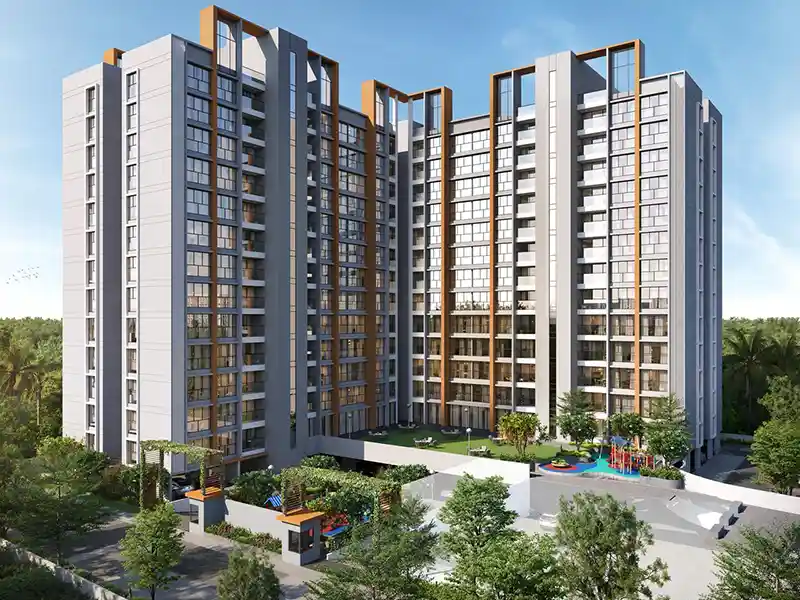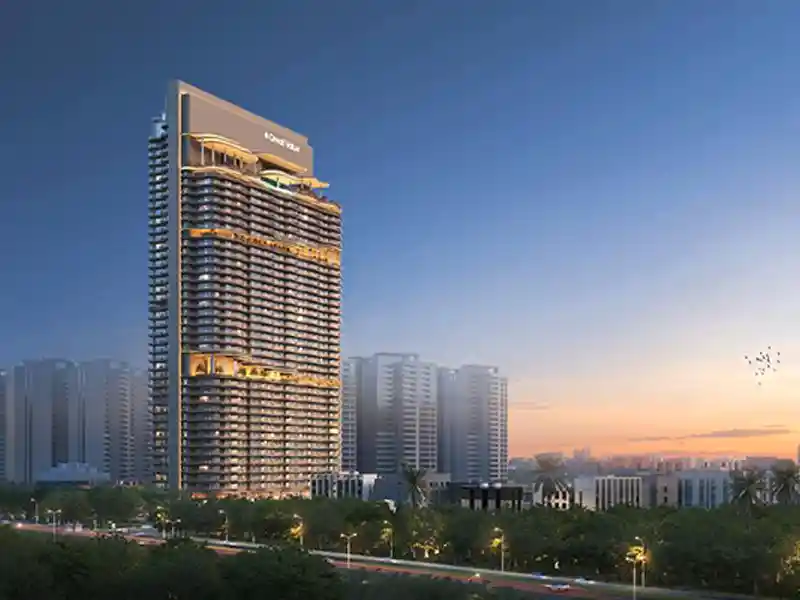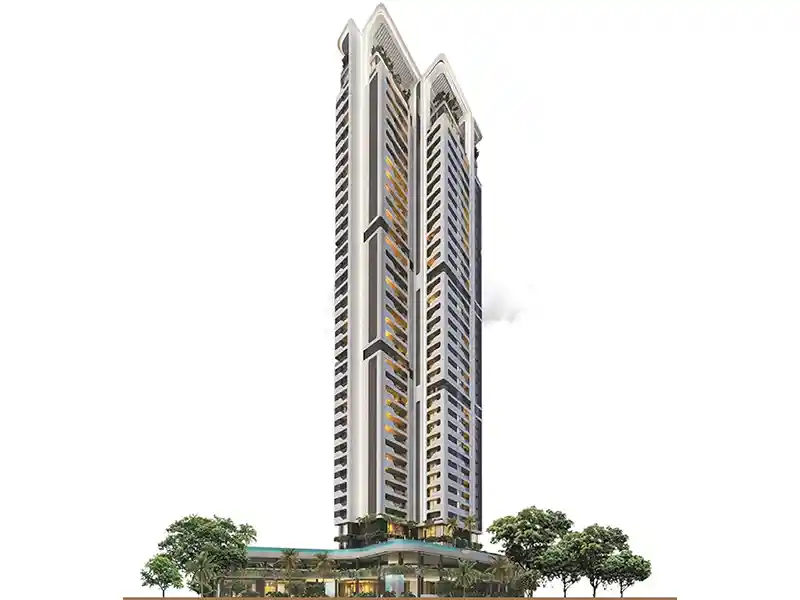Manju Yagnik, Vice Chairperson, Nahar Group
Green Construction methods can help conserve valuable resources like water and energy while lowering the building’s negative environmental impact. Green construction is the application of architectural principles in structures that are resource and environmentally efficient from the planning stage to design, construction, maintenance, renovation, and demolition. In contrast to conventional structures, green buildings use reusable and environmentally friendly materials to reduce resource waste and environmental carbonization.
A green building has improved indoor air quality since the walls are constructed using ecologically friendly materials, and societal benefits, such as improved health and increased productivity at work. Additionally, all the appliances and equipment used indoors are energy-efficient and are powered by solar or wind energy, lowering every occupier’s daily carbon footprint generation.
Going forward, efforts must be made to incorporate more environmentally friendly building materials into the construction design instead of the conventional fly ash, red bricks, and cement. Start-ups in India have begun to produce more environmentally friendly and cost-effective bricks made from recycled plastic and agricultural waste. Such advancements will benefit the environment and the economy because over 70% of developers are unhappy with the rising material costs and their poor quality.
The real estate industry has been an early adopter of sustainable development, and we, at Nahar Group, have always been ahead of the curve, having adopted eco-friendly construction solutions from site selections to implementing energy efficient measures to using sustainable materials in all our projects.
Waste management is a significant aspect of decarbonisation and sustainability.
Waste management in real estate is a shared obligation of both the developers and the end-users at various stages of the project. The developer collaborates with local officials to install infrastructure and other amenities, while conserving water and power, and reducing the stress on the city’s infrastructure. And the end-user is responsible for maintaining the waste management infrastructure.Energy recovery from trash involves converting non-recyclable materials using various techniques, including thermal and non-thermal. Clean and renewable energy is created in the form of electricity, heat, or fuel by combustion, pyrolysis, or gasification technologies. It has lower carbon emissions and less environmental impact than any other energy source.


